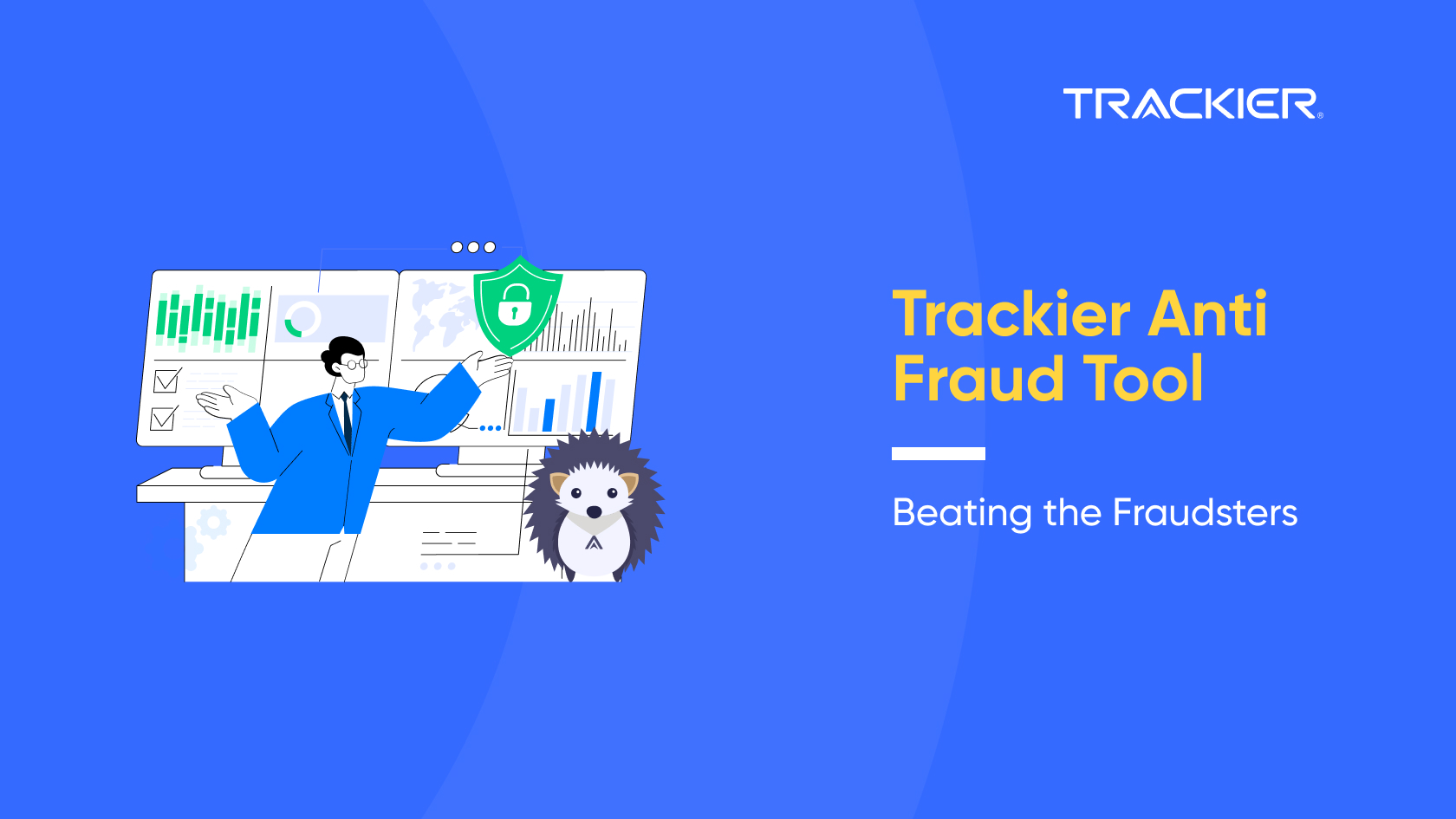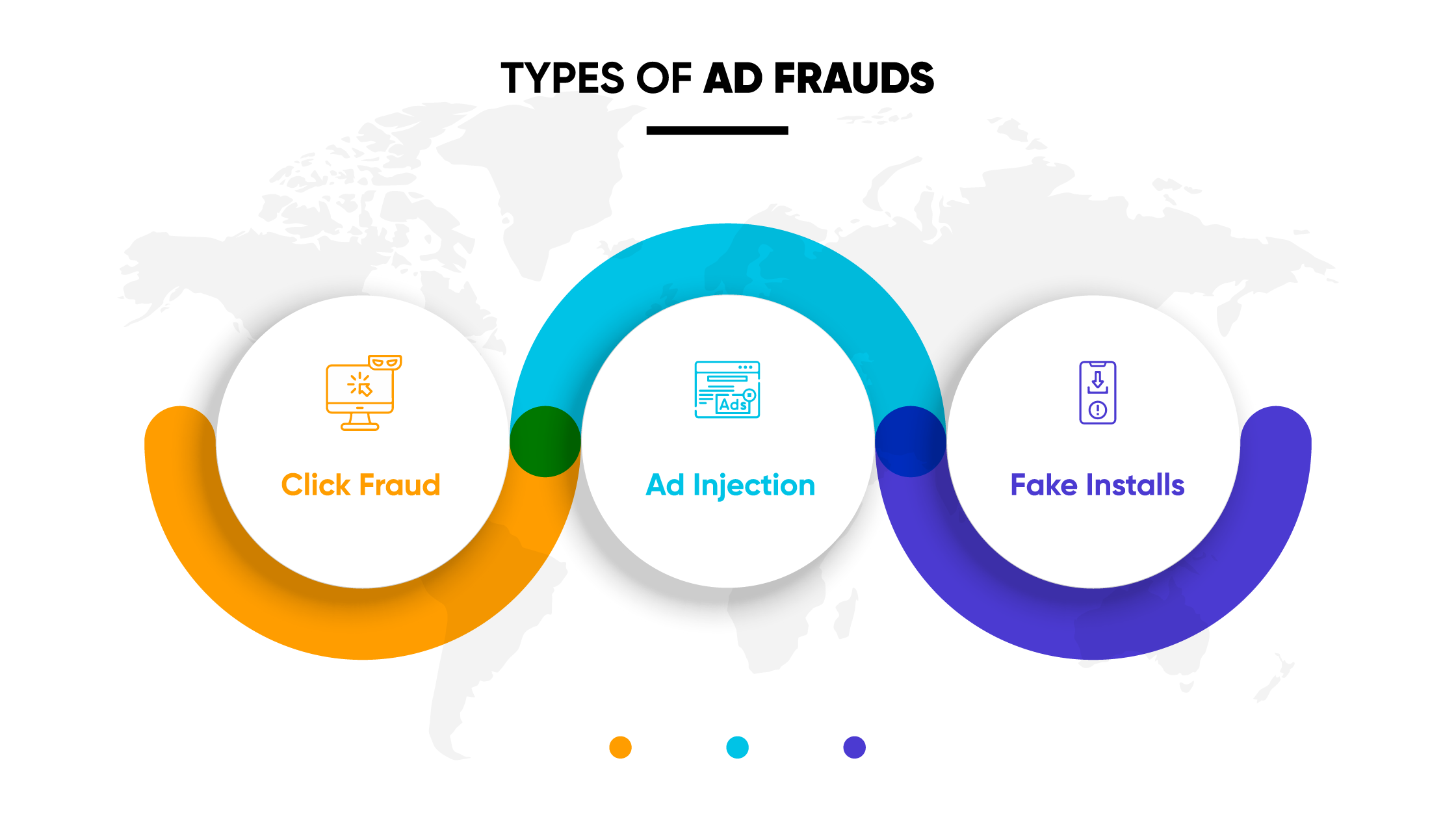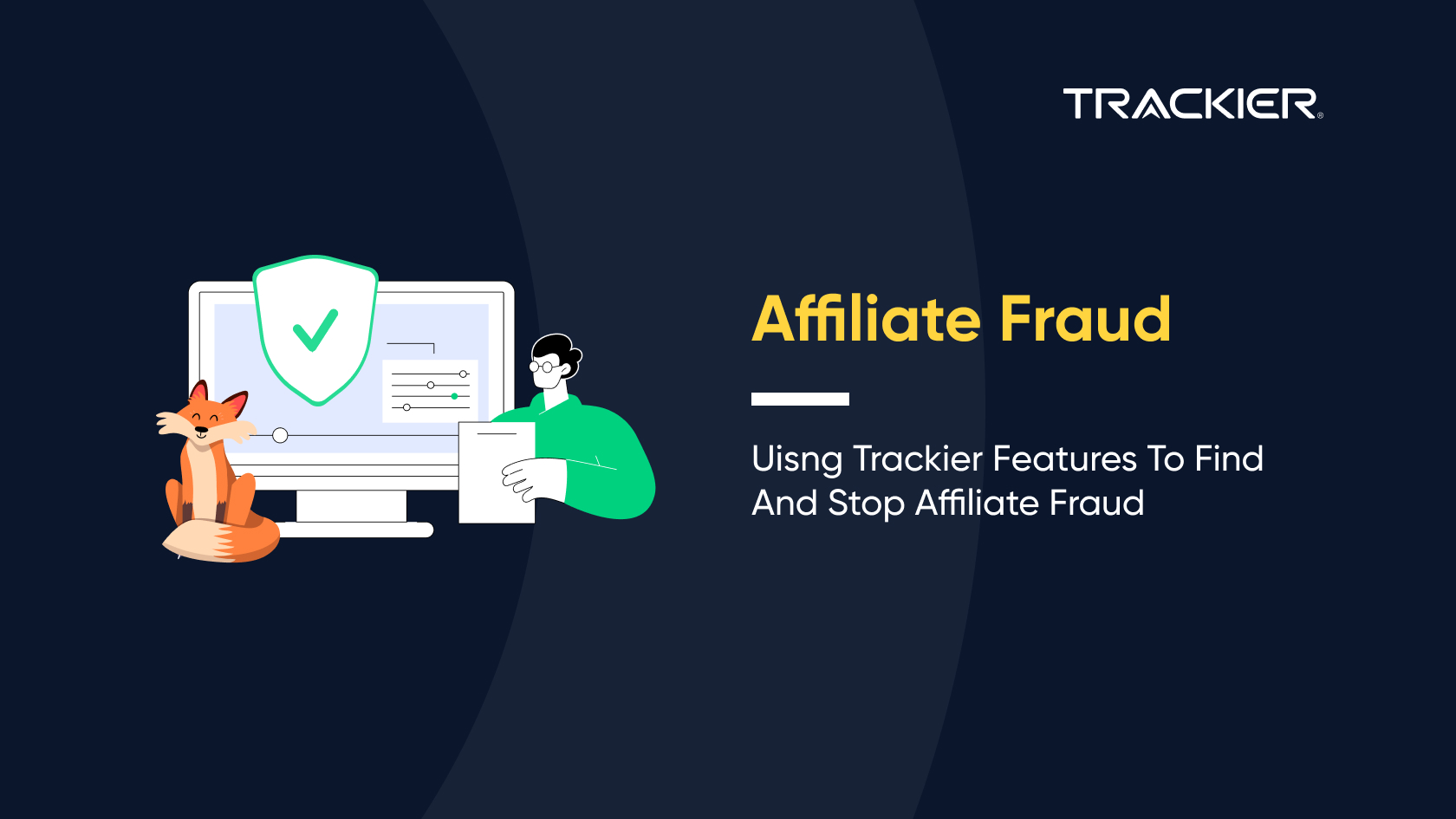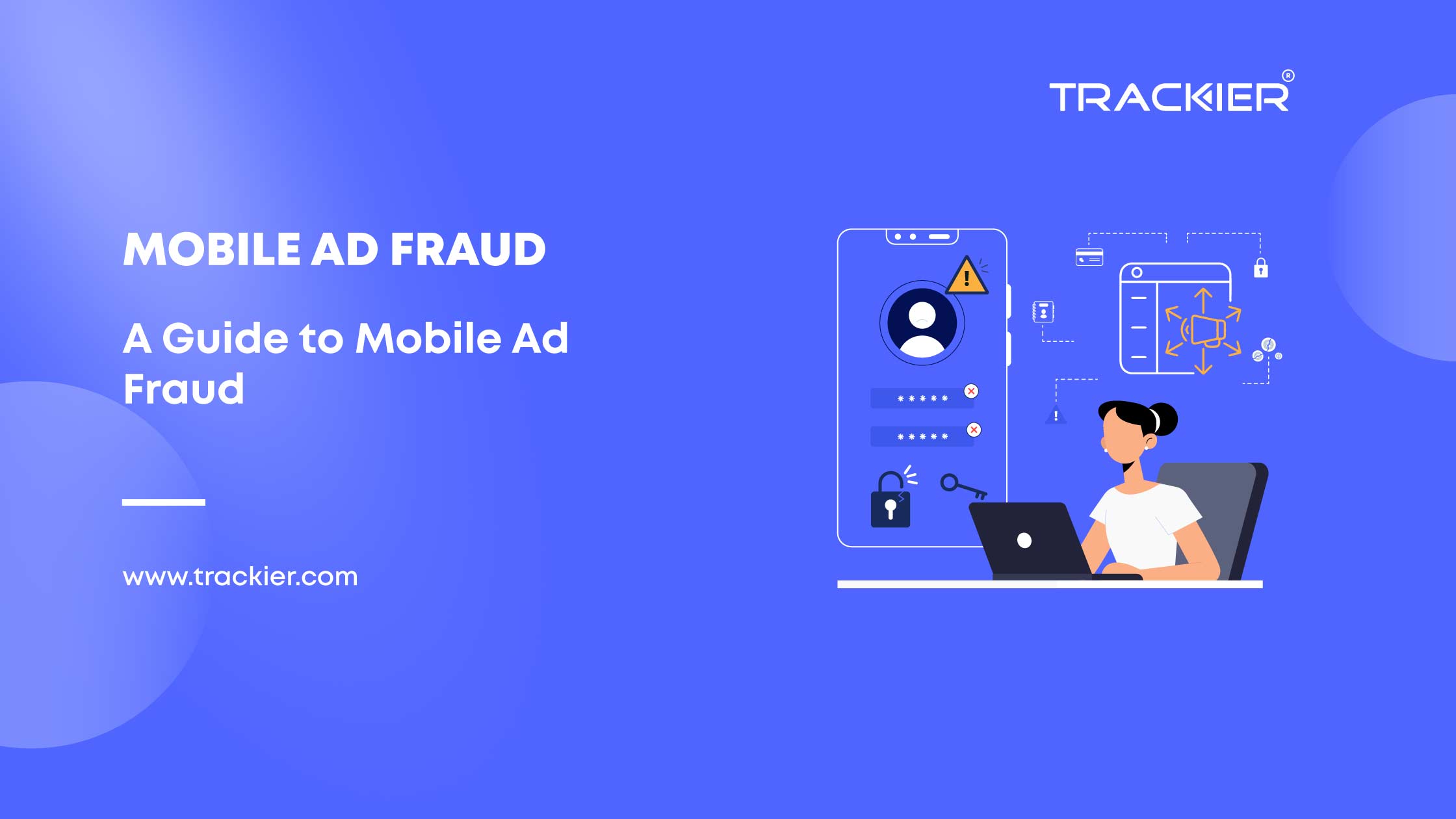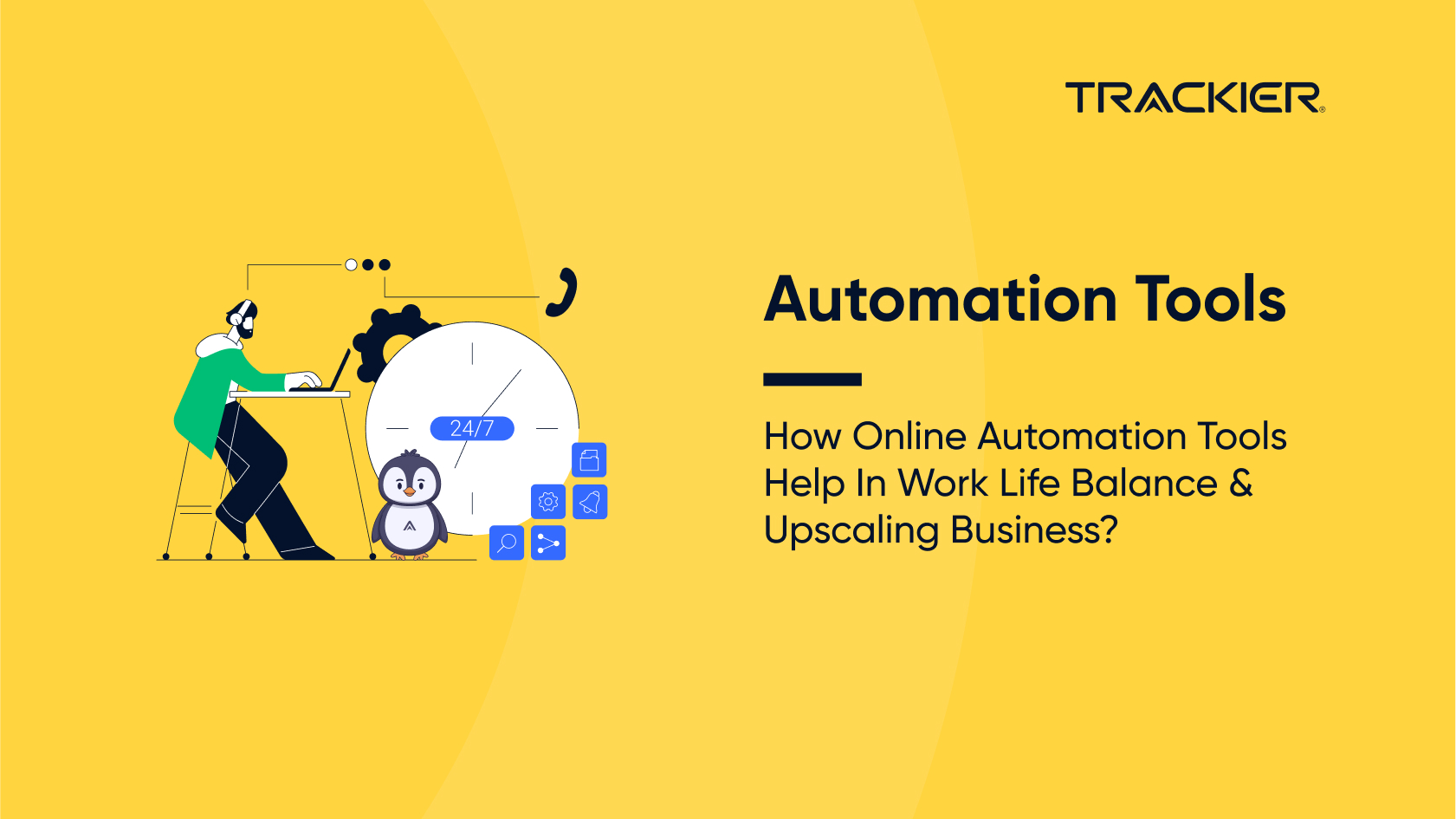Online advertising is a multi-billion dollar market. Global digital advertising spending is forecast to reach $ 225 billion, or 44% of total advertising spend. The size of this market is encouraging criminals and hackers to create technologies and techniques to steal money from advertisers. According to Ad Age, every $1 out of $3 spent on online advertising is snatched by the fraudsters.
What Is Ad Fraud?
Advertising fraud seems to systematically produce headlines in the world of advertising. Programmatic digital advertising fraud is a deliberate and malicious activity that manipulates the dissemination of advertising content and prevents it from reaching the targeted audience. Bots are one of its main weapons.
Some warning signs to look out for that indicate that you might be under the attack of fraudsters:
- No Performance: If all other factors are equal (ex: ads, landing page, offer) and your display campaigns do not result in any conversions, while your other channels produce a lot more.
- Poor Site Analysis- High bounce rate and short session time.
- Data Center IP Addresses- The IP addresses of the clickers of your ads are another data point to analyze. A dead giveaway of fraud is a data center IP address. This means that the “visitor” of your page comes from a hosted server, not from a home or business computer.
- Abnormally High CTRs- Unrealistic clickthrough rate (CTR).
See Trackier’s Anti-Fraud Solutions
Ad Frauds You Should Know About
Here are some Ad Frauds that you should be aware of:
- Click Fraud- Click fraud is a black hat technique of falsely inflating the clicks on a paid ad per click. Click fraud is usually driven by one of two incentives:
- Advertisers are trying to sabotage their competitors by increasing costs and meeting their minimum budget early in the day.
- Ad publishers are clicking on ads displayed on their own sites to generate more revenue.
- Ad Injection- Ad injection is a technique by which ads are surreptitiously inserted into web pages without getting the permission of site owners or paying them.
- Fake Install- Installed farms are another way to emulate man-like behavior. They install applications using real people as dedicated emulators. As in the case of fraudulent advertising clicks, fraudsters use teams of real people who install and interact massively with applications.
How Trackier Can Handle Your Ad Fraud and Save You Thousands Of Dollars?
Here are the parameters that you can keep in check with the help of this feature:
- DataCenter Traffic Block
- Proxy Traffic Block
- Blacklist IP Block
- Unknown Device Block
- CTIT Rules
DataCenter Traffic Block
We maintain a database of data center IP addresses (like AWS, GCP, etc.) ranges since many bot networks will use data centers to create or proxy traffic, and through this, you can block that and even track which publisher is sending fraud traffic. For example, a session from within Amazon’s AWS data center address block is unlikely to be valid.
Proxy Traffic Block
These are the list of Proxy Types we can detect and can block the IP addresses associated with these Proxy types. We maintain a real-time database of public web proxies so we can detect sessions from them. So that no proxy traffic conversion gets validated.
Blacklist IP Block
In this, all the blacklisted IPs by the different ISP blocking all Conversion from IP addresses known to perpetrate fraud, as well as anonymous IP addresses.
Unknown Device Block
In this all the crawler, emulator type devices are blocked, we maintain the pattern and accordingly block the conversion from this type of traffic.
CTIT Rules
Click To Instal Time (CTIT) or say Conversion Time helps you in case a bot is filling the form or installing an APK, so you can set time, and if the conversion is less than the time set then that conversion and goal associated with that click id will get canceled. Are you looking for an anti-fraud tool to fight fraud? You are at the right place! Book your free demo today at Trackier. Besides, if you need any help or want to discuss anything, feel free to contact us with your questions or queries.
